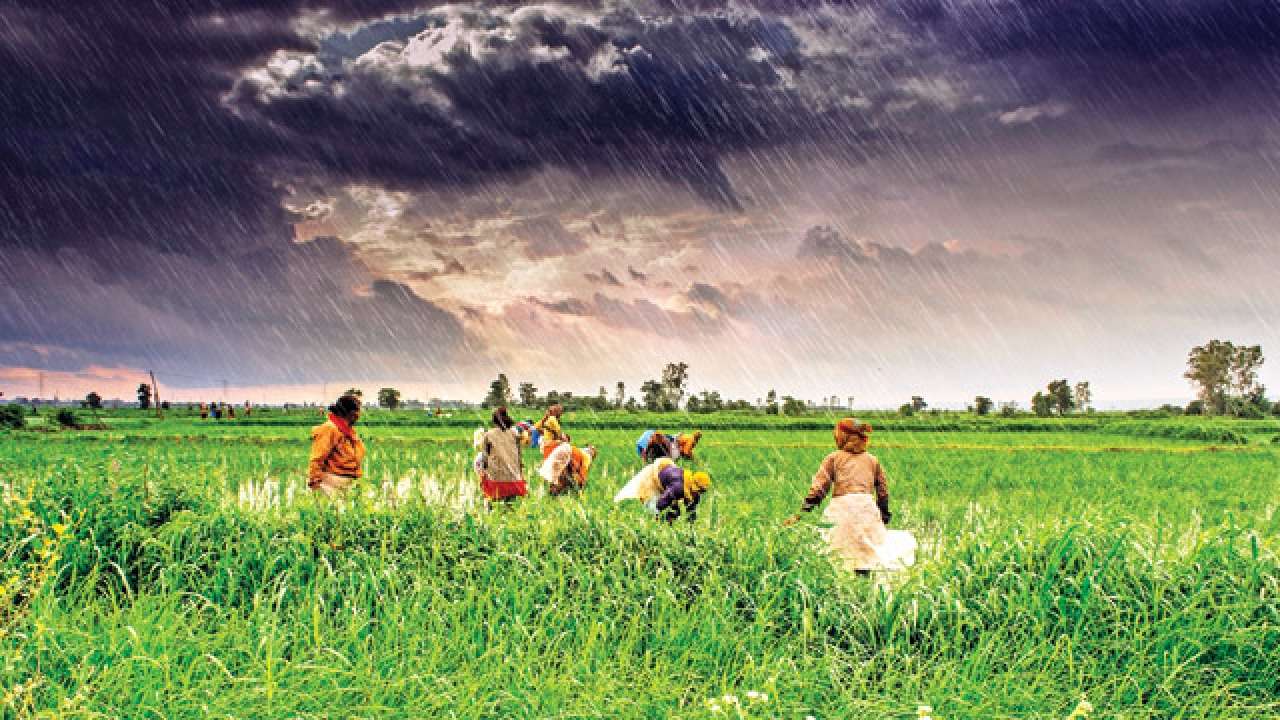
Food price inflation has soared to a 33 month high of 7.4%, led primarily by a surge in the prices of vegetables, cereals, wheat and pulses. By itself, this is not a worrying trend, but the trajectory of the southwest monsoon will be crucial in determining its future course. Since 2016, normal southwest monsoon rains have helped lower food prices, thus containing consumer inflation. Conversely, that has also led to increased rural distress due to a supply glut and falling farm prices. In this regard, the month of July will be particularly critical, when the correlation between monthly rainfall and food production is the highest in the year. Due to our peculiar socioeconomic conditions, inflation has a more adverse impact in India as compared to most other nations. With RBI expected to cut rates to revive growth, the future of inflation in India looks increasingly uncertain. Apart from the monsoon, the movement of the rupee and oil prices will also remain key determinants of inflation. Given its heavy dependence on imported oil and gas for its domestic energy requirements, India continues to stay vulnerable to rising world crude prices.
*Photo Credit: Google

 EMERGING ISSUES IN AEROSPACE INDUSTRY: AN INDIAN PERSPECTIVE
EMERGING ISSUES IN AEROSPACE INDUSTRY: AN INDIAN PERSPECTIVE
 Tourism and its contribution to the Economy
Tourism and its contribution to the Economy
 De-coding skills-based pro-bono
De-coding skills-based pro-bono
 Food Inflation in India: An Assessment
Food Inflation in India: An Assessment
| About Us |
| Events |
| Digest |
| Office Bearers |
| Membership |
3rd Floor, Y.B.Chavan Centre, J.Bhosale Marg, Nariman Point, Mumbai – 400021
+91 93223 57567 / 022-35014857 / 022-35210157 / 777 / 836

 Interactive Meeting with Mr. Jaykumar Rawal Hon'ble Minister for Tourism & Employment Guarantee Scheme Govt. of Maharashtra
Interactive Meeting with Mr. Jaykumar Rawal Hon'ble Minister for Tourism & Employment Guarantee Scheme Govt. of Maharashtra